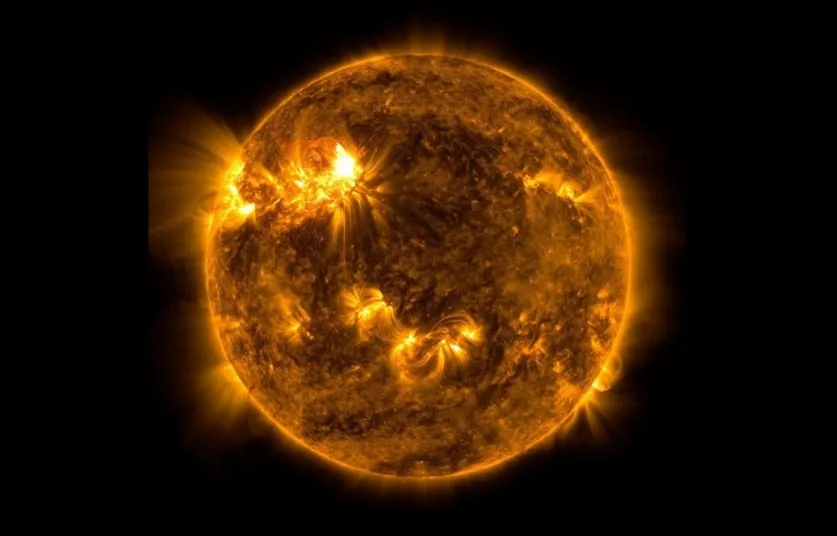NOAA satellites have revealed that decaying sunspots can trigger M-class solar flares; Is a solar storm coming?
The last ten days have been completely peaceful for the country. The activity of the sun has been low, even though our planet has two active points. One of them, AR3315, is five times the size of Earth and was feared to explode, causing a class X solar flare. However, that didn’t happen, and now NOAA’s latest predictions reveal that much of the unstable magnetic field has died. and that the possibility of a class X flare no longer exists. However, the probability of an M-class volcano eruption is still 40 percent. Will it bring a powerful solar storm? Let’s see.
According to a SpaceWeather.com report, “AR3315’s dangerous sunspot is less dangerous today. Its magnetic field has faded and it has lost the delta formation that gave it the potential energy for X-class solar flares. Smaller M-class flares are still possible, according to estimates by NOAA there is a 40 percent chance of M flares.”
The threat of a solar storm has been reduced, but not eliminated
The danger of a solar storm has certainly decreased, but as long as sunspots are glowing in Earth’s view, they cannot be completely ruled out. If an M-class solar flare erupts, it can still eject Coronal Mass Ejection (CME) clouds that can later cause a geomagnetic storm.
Although these storms are generally not as strong as G5 geomagnetic storms, they can still reach G1-G3. Such solar storms can damage small satellites, cause communication outages, disrupt cell phone networks and Internet connections, and in rare cases even cause power outages.
However, it remains to be seen whether the storm could be caused by a volcanic eruption today or tomorrow.
Role of NOAA’s DSCOVR satellite in solar storm monitoring
The National Oceanic and Atmospheric Administration (NOAA) monitors solar storms and solar behavior with the DSCOVR satellite, launched in 2016. The captured data is then run through the Space Weather Prediction Center and a final analysis is prepared. Various measurements are taken of the temperature, speed, density, direction, and frequency of the sun’s particles.




